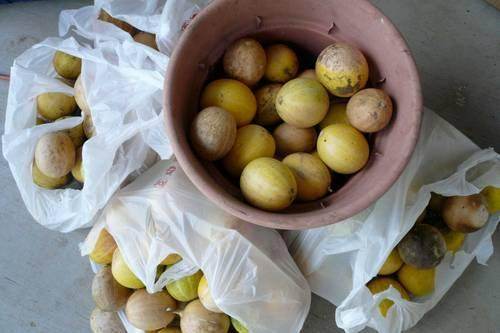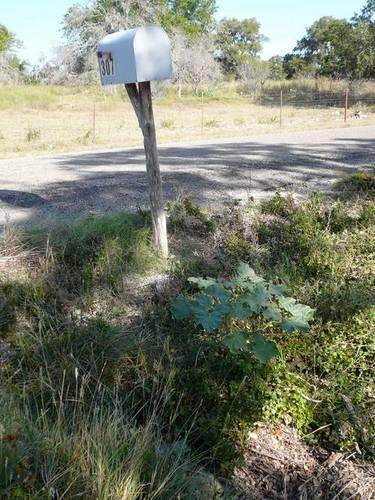
 5
5




Sometimes the answer is nothing





Idle dreamer
 1
1




Sometimes the answer is nothing





Idle dreamer
 2
2




![Filename: 20180522_101631-480x640.jpg
Description: [Thumbnail for 20180522_101631-480x640.jpg]](/t/91532/a/64227/20180522_101631-480x640.jpg)
Sometimes the answer is nothing

 2
2




![Filename: 20180628_211308-480x640.jpg
Description: [Thumbnail for 20180628_211308-480x640.jpg]](/t/91532/a/64225/20180628_211308-480x640.jpg)
![Filename: 20180721_111456-480x640.jpg
Description: [Thumbnail for 20180721_111456-480x640.jpg]](/t/91532/a/64226/20180721_111456-480x640.jpg)
Sometimes the answer is nothing

 1
1




Idle dreamer




Sometimes the answer is nothing

 1
1




Idle dreamer




wayne fajkus wrote:Ive never found native persimmons. Is there truth to it being bitter until a frost?
Idle dreamer
 1
1




Idle dreamer
 2
2






Idle dreamer
 1
1





Idle dreamer
 1
1







Idle dreamer




Sometimes the answer is nothing

 1
1




Idle dreamer
 1
1




Idle dreamer
 1
1




Idle dreamer
 1
1




Invasive plants are Earth's way of insisting we notice her medicines. Stephen Herrod Buhner
Everyone learns what works by learning what doesn't work. Stephen Herrod Buhner
 1
1




![Filename: 20180823_113042-480x640.jpg
Description: [Thumbnail for 20180823_113042-480x640.jpg]](/t/91532/a/64274/20180823_113042-480x640.jpg)
Sometimes the answer is nothing





Idle dreamer




![Filename: 20180823_140937-480x640.jpg
Description: [Thumbnail for 20180823_140937-480x640.jpg]](/t/91532/a/64275/20180823_140937-480x640.jpg)
![Filename: 20180823_140927-480x640.jpg
Description: [Thumbnail for 20180823_140927-480x640.jpg]](/t/91532/a/64276/20180823_140927-480x640.jpg)
Sometimes the answer is nothing

 1
1




Idle dreamer




Sometimes the answer is nothing

 1
1




Idle dreamer




wayne fajkus wrote:I'll be collecting prickly pears this week. Was unsure how to process ...
Any thoughts? Better idea?
Here is a tip I found: Pick the pears, put them in the freezer, thorns and all. when they thaw all the fruit is juice. just strain through several layers of cheese cloth and you are good to go. very easy.
Invasive plants are Earth's way of insisting we notice her medicines. Stephen Herrod Buhner
Everyone learns what works by learning what doesn't work. Stephen Herrod Buhner
 1
1






Invasive plants are Earth's way of insisting we notice her medicines. Stephen Herrod Buhner
Everyone learns what works by learning what doesn't work. Stephen Herrod Buhner




Sometimes the answer is nothing

 1
1




Idle dreamer
 1
1




Idle dreamer




Sometimes the answer is nothing





Idle dreamer




Sometimes the answer is nothing

 1
1




Argue for your limitations and they are yours forever.




![Filename: 20180912_122127-480x640.jpg
Description: [Thumbnail for 20180912_122127-480x640.jpg]](/t/91532/a/64958/20180912_122127-480x640.jpg)
![Filename: 20180912_122159-480x640.jpg
Description: [Thumbnail for 20180912_122159-480x640.jpg]](/t/91532/a/64959/20180912_122159-480x640.jpg)
![Filename: 20180912_122152-480x640.jpg
Description: [Thumbnail for 20180912_122152-480x640.jpg]](/t/91532/a/64960/20180912_122152-480x640.jpg)
Sometimes the answer is nothing

 1
1





Idle dreamer
 1
1




Sometimes the answer is nothing





Idle dreamer

|
Whatever. Here's a tiny ad:
The new purple deck of permaculture playing cards
https://www.kickstarter.com/projects/paulwheaton/garden-cards
|








